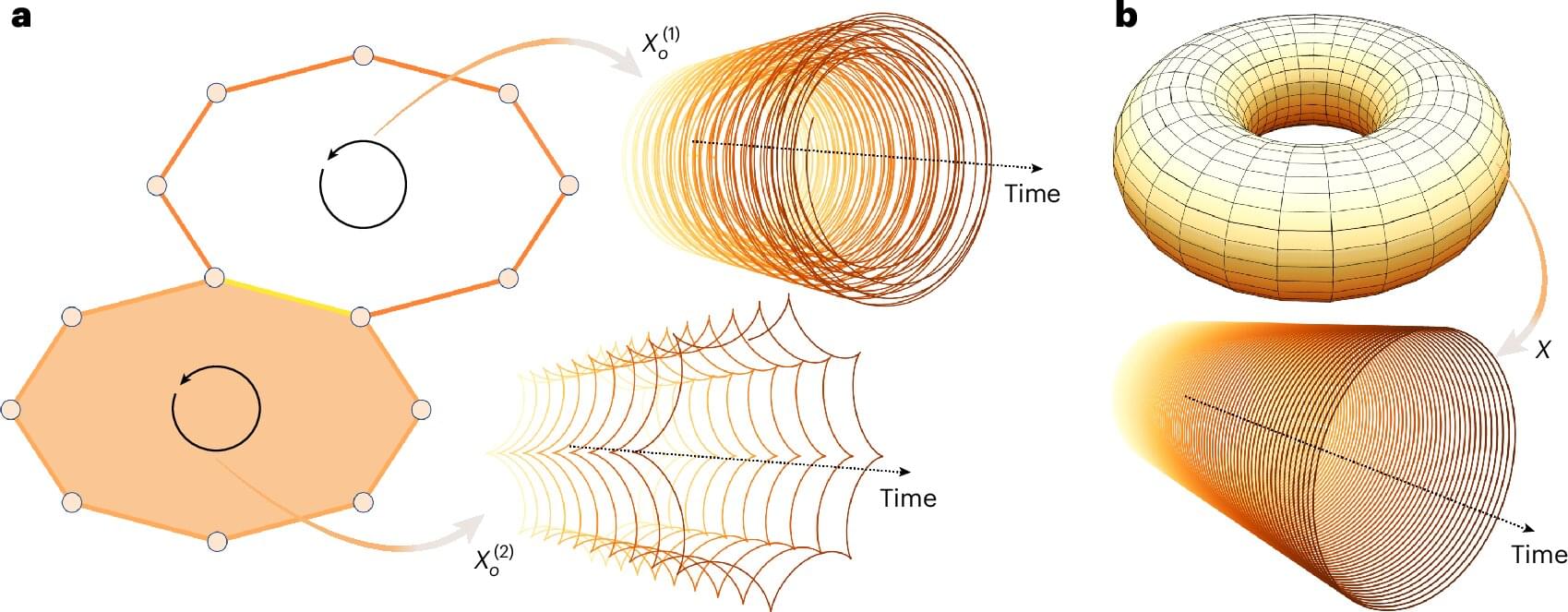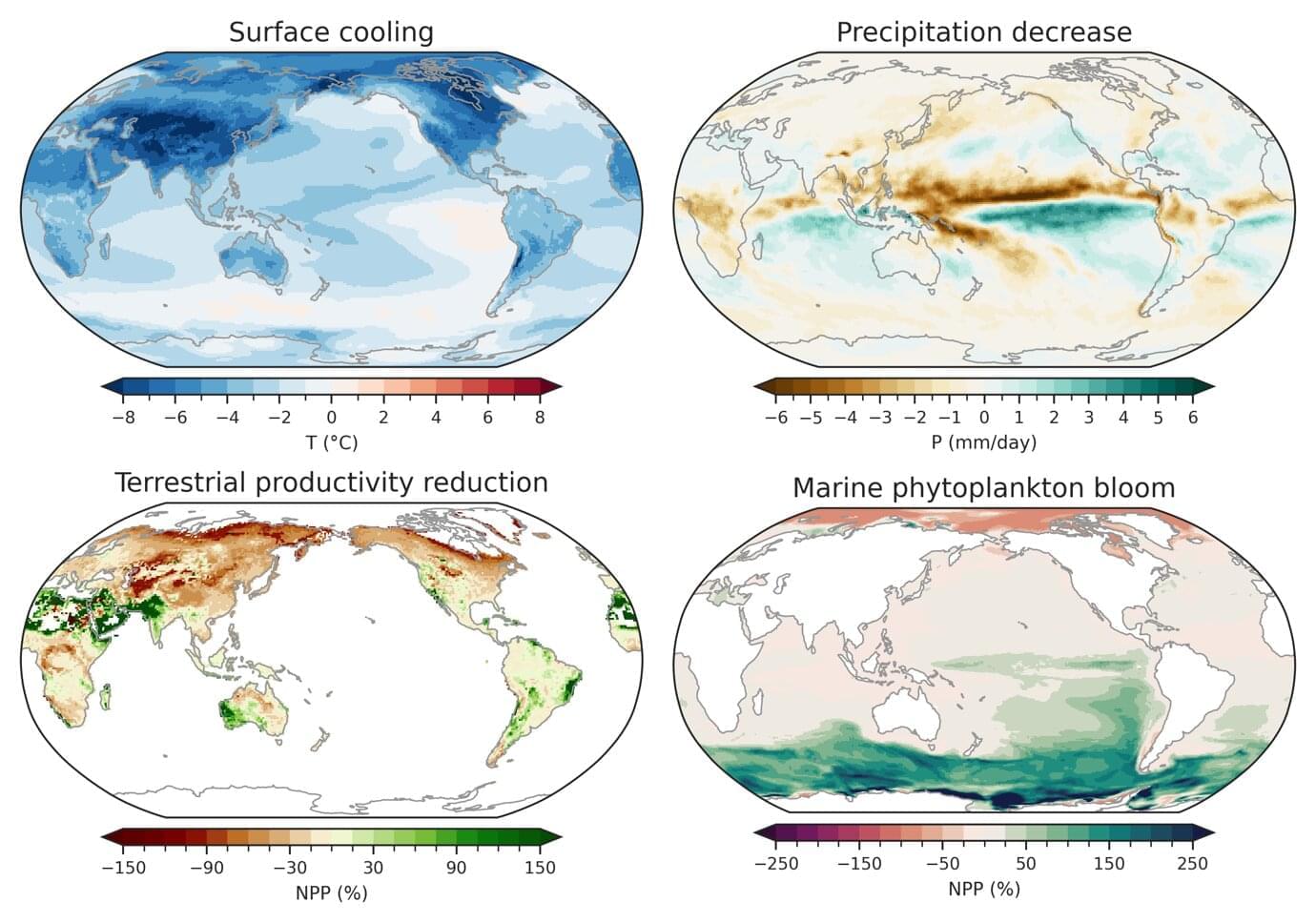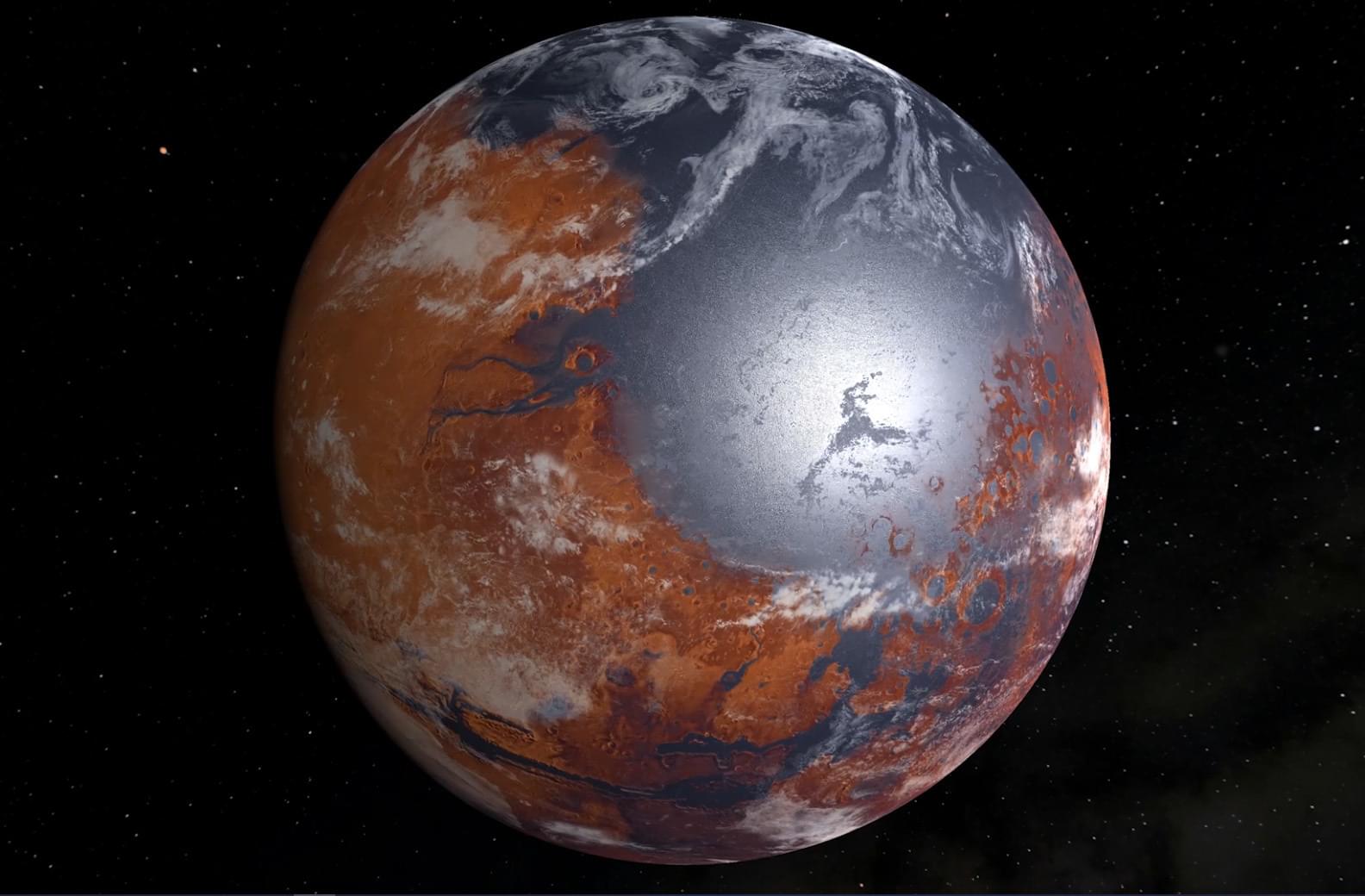A study led by Professor Ginestra Bianconi from Queen Mary University of London, in collaboration with international researchers, has unveiled a transformative framework for understanding complex systems.
Published in Nature Physics, this paper establishes the new field of higher-order topological dynamics, revealing how the hidden geometry of networks shapes everything from brain activity to artificial intelligence.
“Complex systems like the brain, climate, and next-generation artificial intelligence rely on interactions that extend beyond simple pairwise relationships. Our study reveals the critical role of higher-order networks, structures that capture multi-body interactions, in shaping the dynamics of such systems,” said Professor Bianconi.







